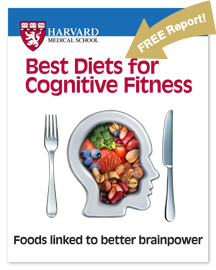Heart disease forecast: Gloomy, with boom time ahead
As a youngster, I loved being part of the baby boom—it meant there were dozens of kids on my block who were ready to play hide-and-seek or join mysterious clubs. Now that I’m of an AARP age, there’s one club I don’t want to join: the one whose members have bypass scars, pacemakers, or other trappings of cardiovascular disease. The American Heart Association’s gloomy new forecast on cardiovascular disease tells me it won’t be easy to avoid.
The AHA foresees sizeable increases in all forms of cardiovascular disease (see table) between now and 2030, the year all of the boomers are age 65 and older. Those increases will translate into an additional 27 million people with high blood pressure, 8 million with coronary heart disease, 4 million with stroke, and 3 million with heart failure. That will push the number of adult Americans with some form of heart disease to 110 million.
If the AHA’s projections are accurate, the cost of treating cardiovascular disease would balloon from $272 billion today to $818 billion in 2030; add in the cost of lost productivity, and it jumps to more than $1 trillion. Yikes!
Although obesity and inactivity are part of the problem, much of the increase comes from the graying of the baby boom.
We can’t stop boomers from aging, but we can fight cardiovascular disease, a condition the AHA calls “largely preventable.” As I described in an article on the top five habits that harm the heart in the Harvard Heart Letter, healthy habits protect the heart (and the rest of the body). In a long-term study of thousands of female nurses, those who followed five healthy habits (not smoking, maintaining healthy weight, exercising regularly, eating a healthy diet, and having less than one alcoholic drink a day) were a whopping 83% less likely to have had a heart attack or to have died of heart disease over the 14-year study period compared with all the other women in the study. Similar reductions were seen in a study of men.
So, fellow boomers: Let’s pick up the pace of our personal prevention efforts and prove the AHA number-crunchers wrong!
About the Author

Patrick J. Skerrett, Former Executive Editor, Harvard Health Publishing
Disclaimer:
As a service to our readers, Harvard Health Publishing provides access to our library of archived content. Please note the date of last review or update on all articles.
No content on this site, regardless of date, should ever be used as a substitute for direct medical advice from your doctor or other qualified clinician.
















